Common Joyweed
Display all 8 images
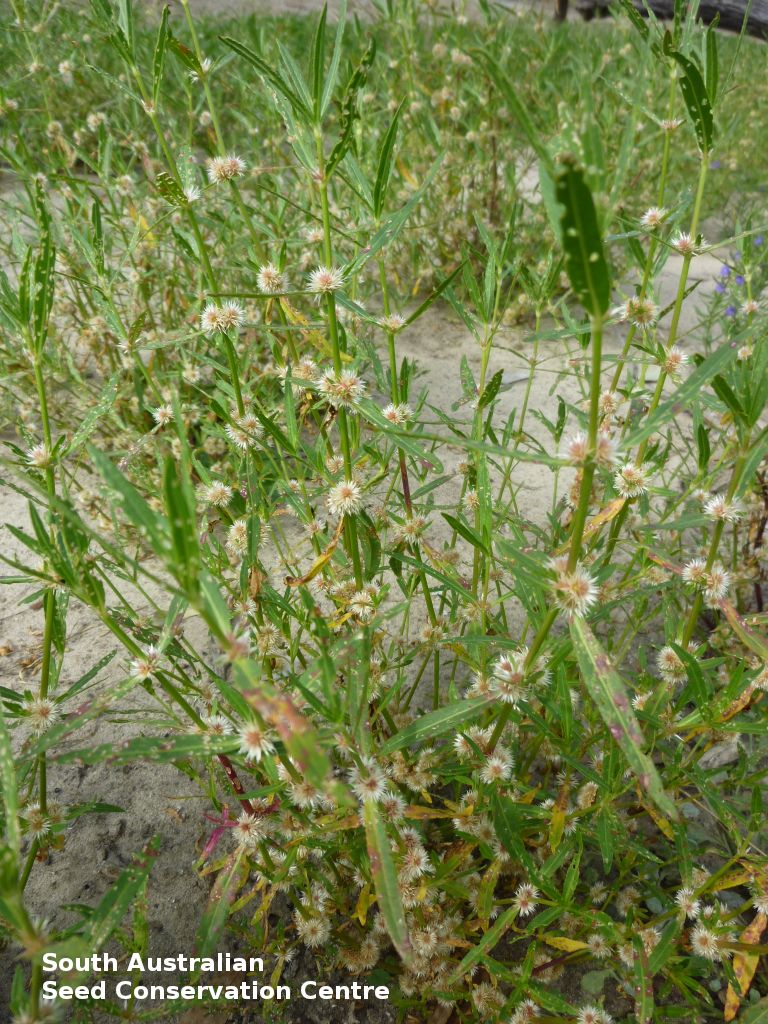
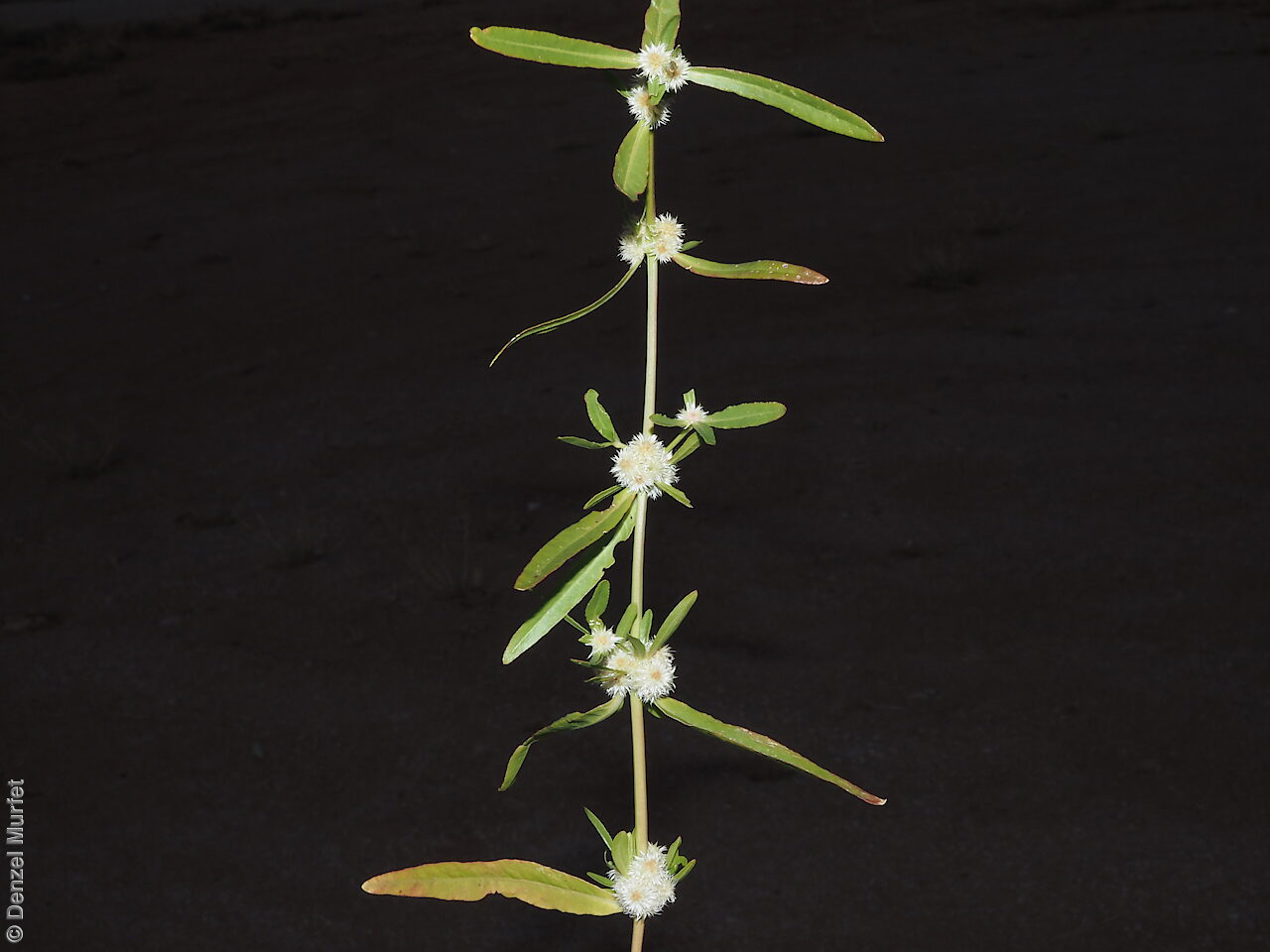
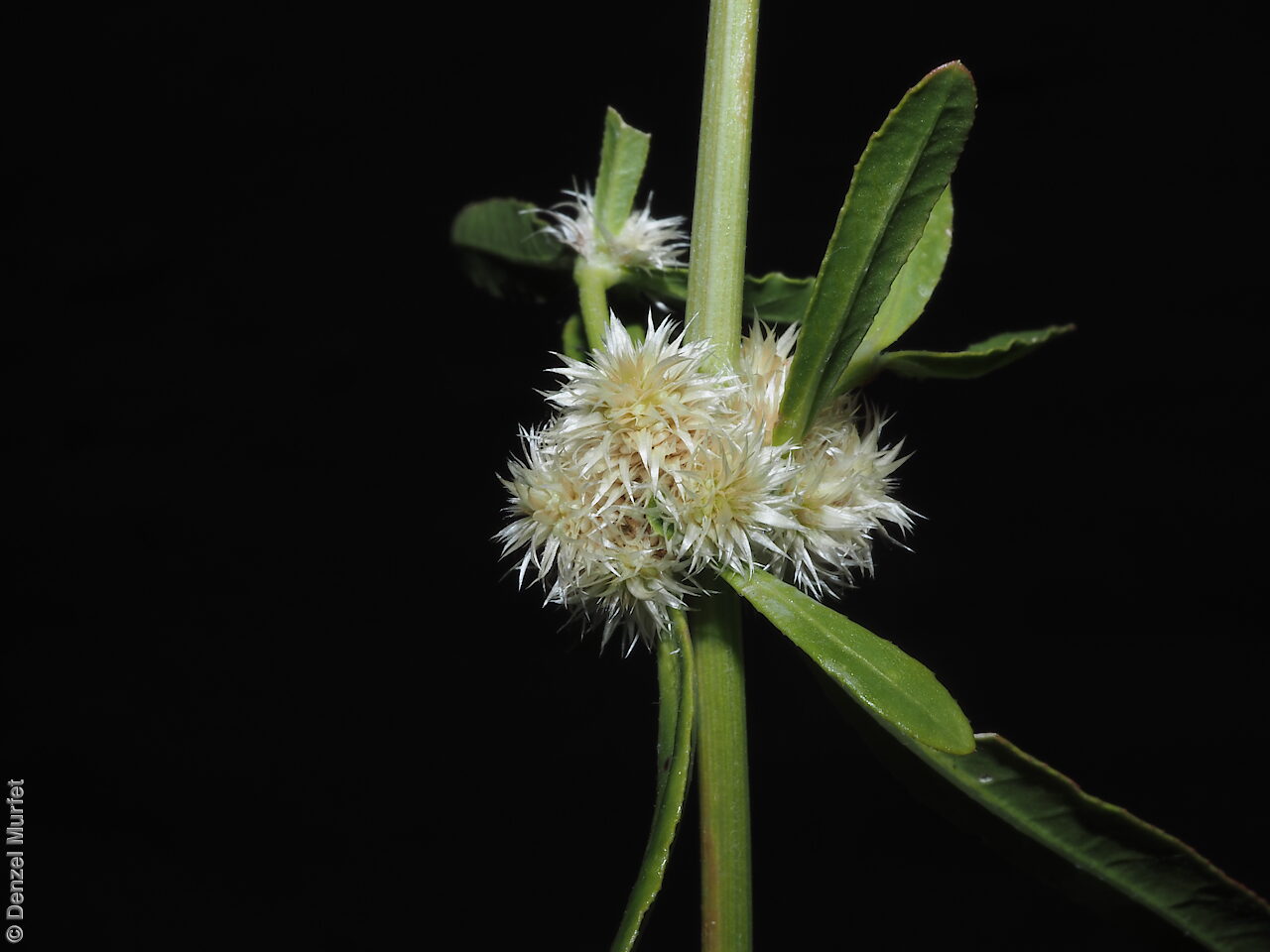
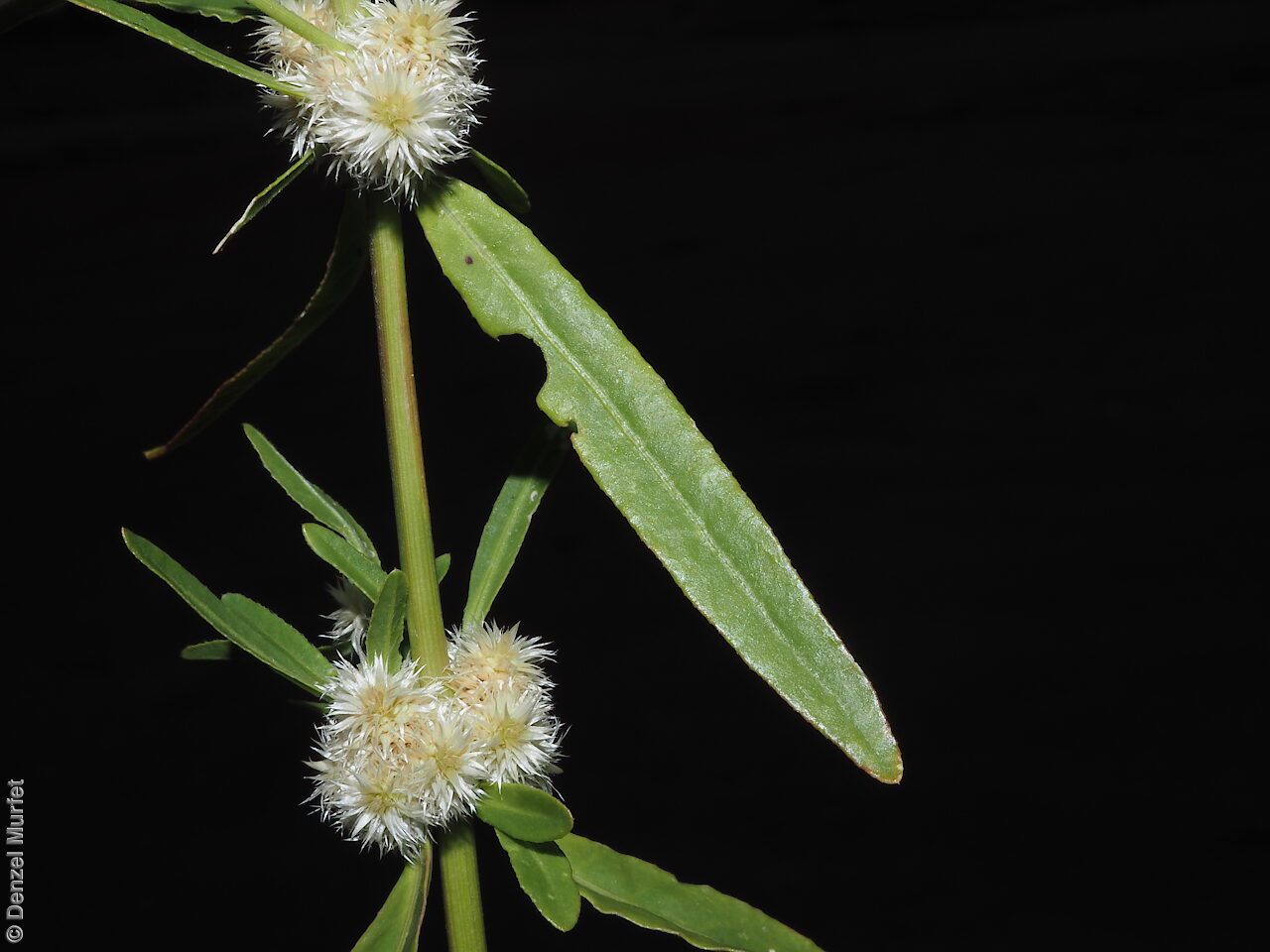
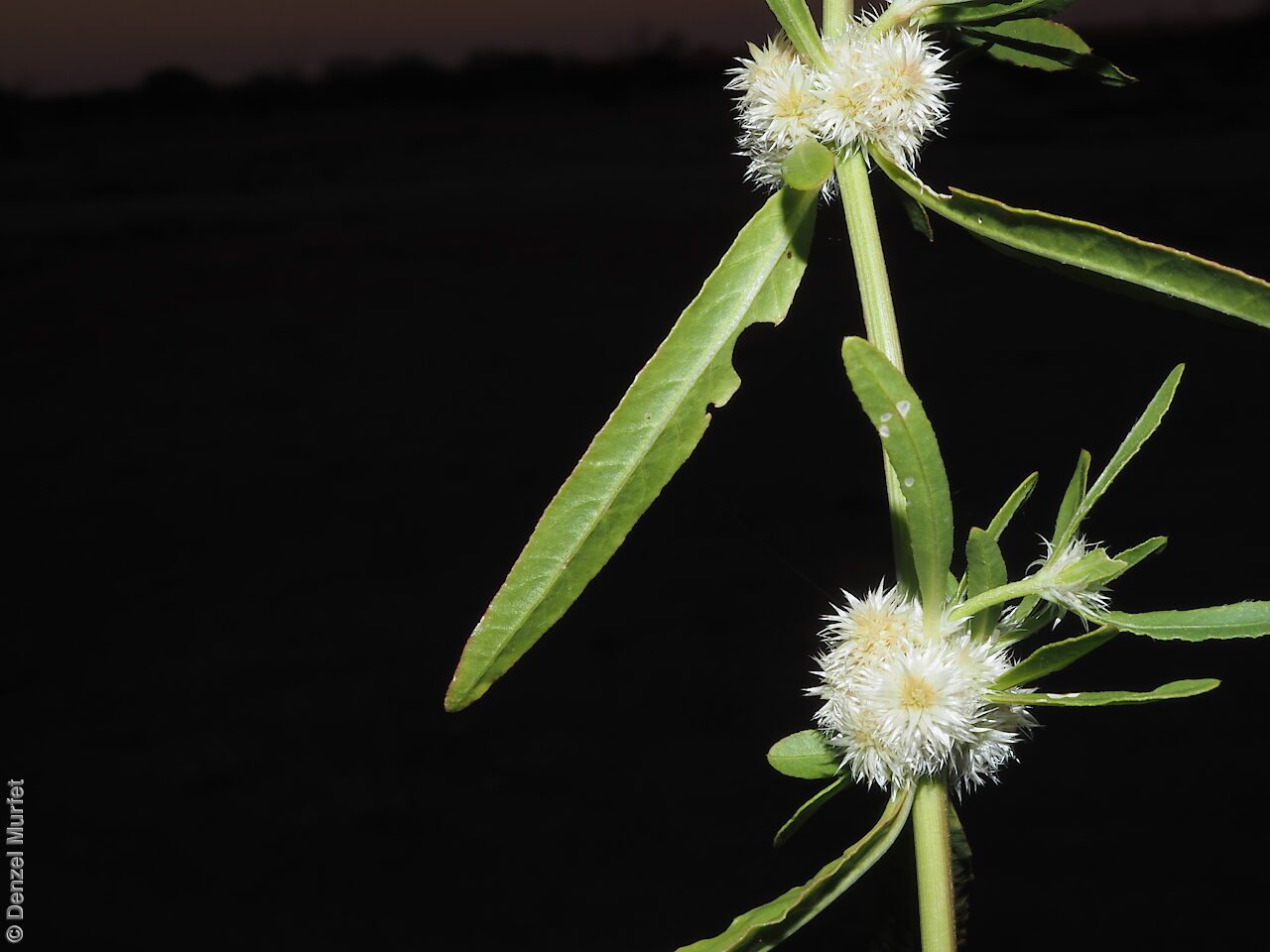
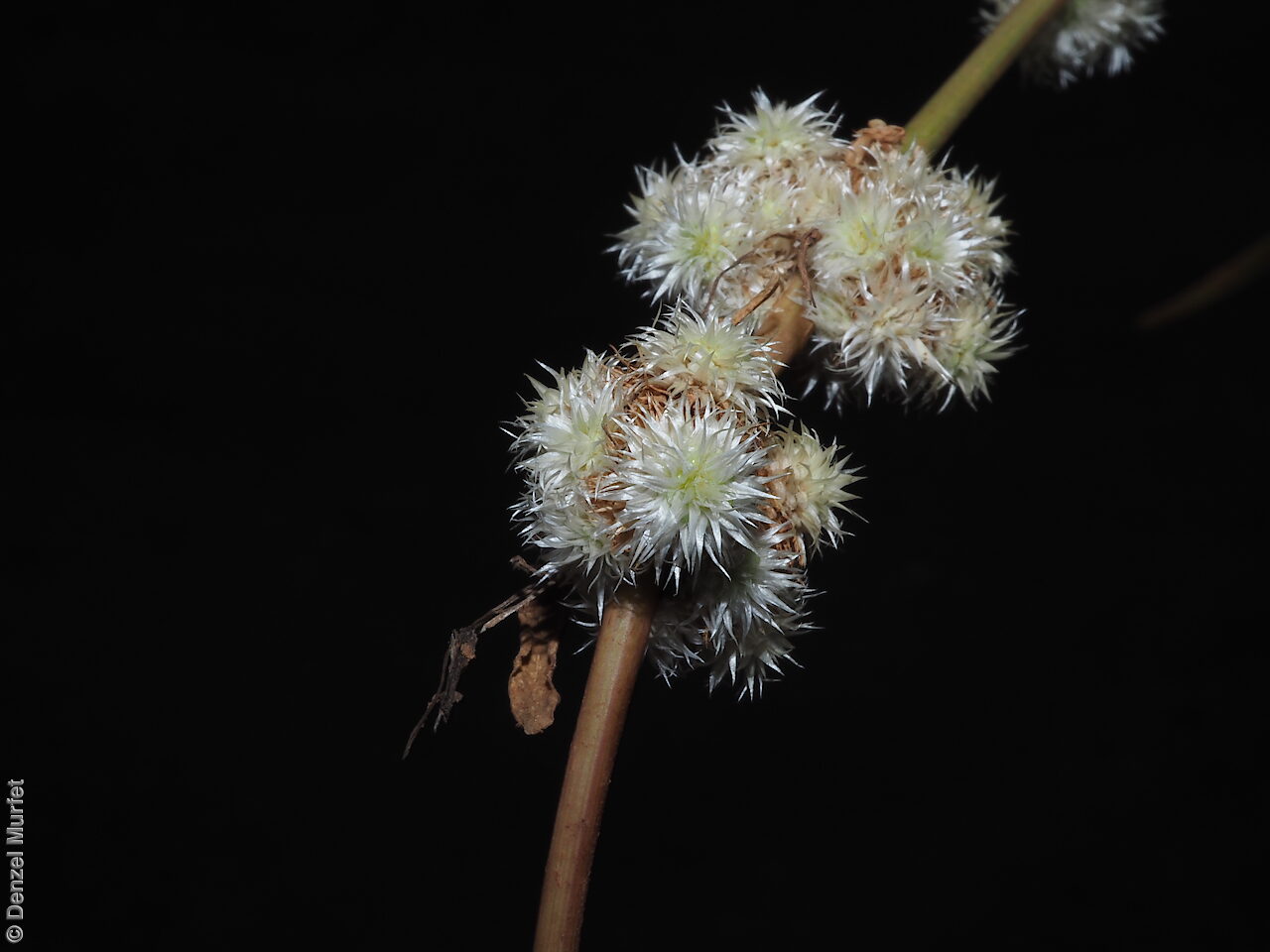
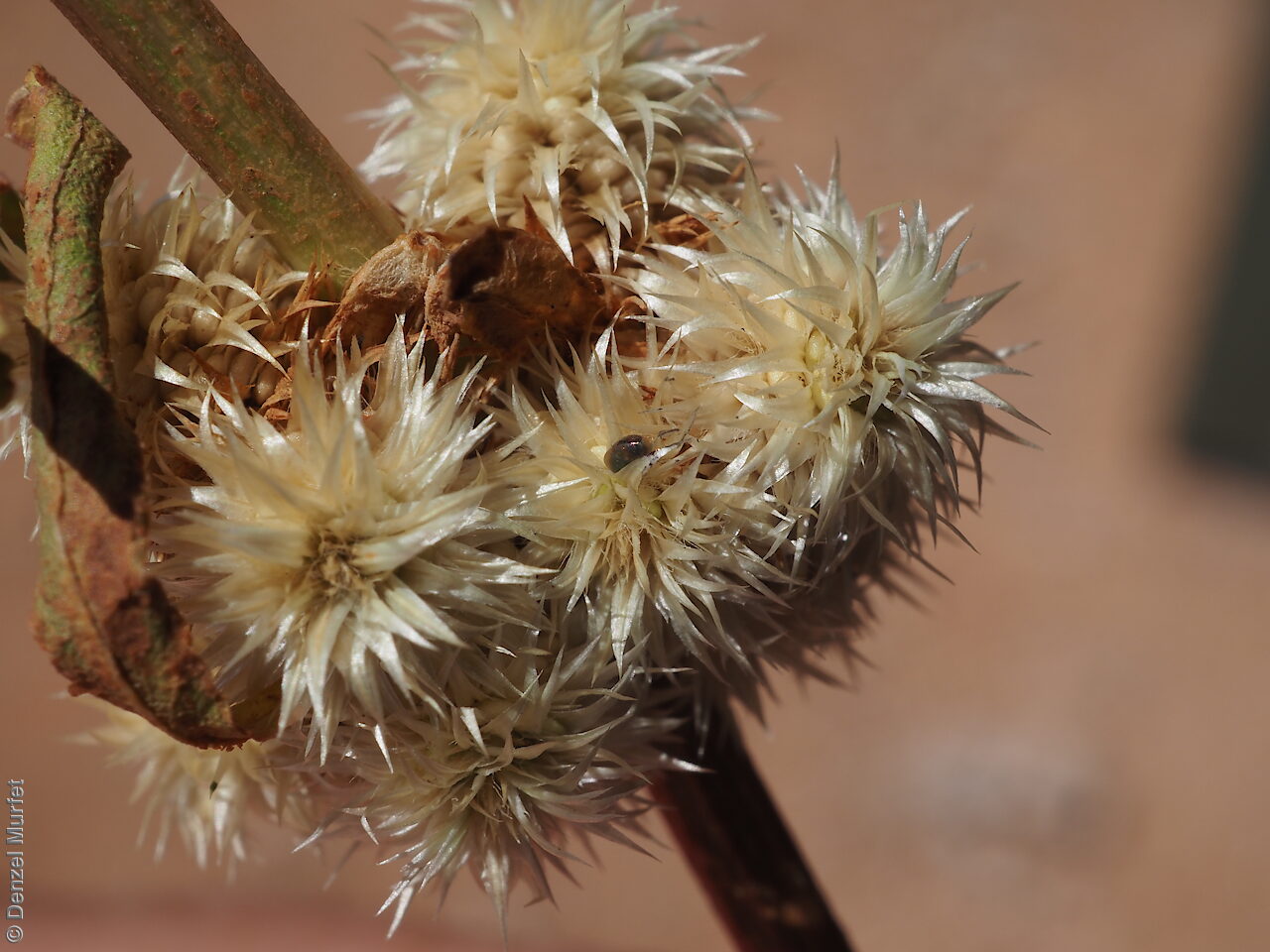
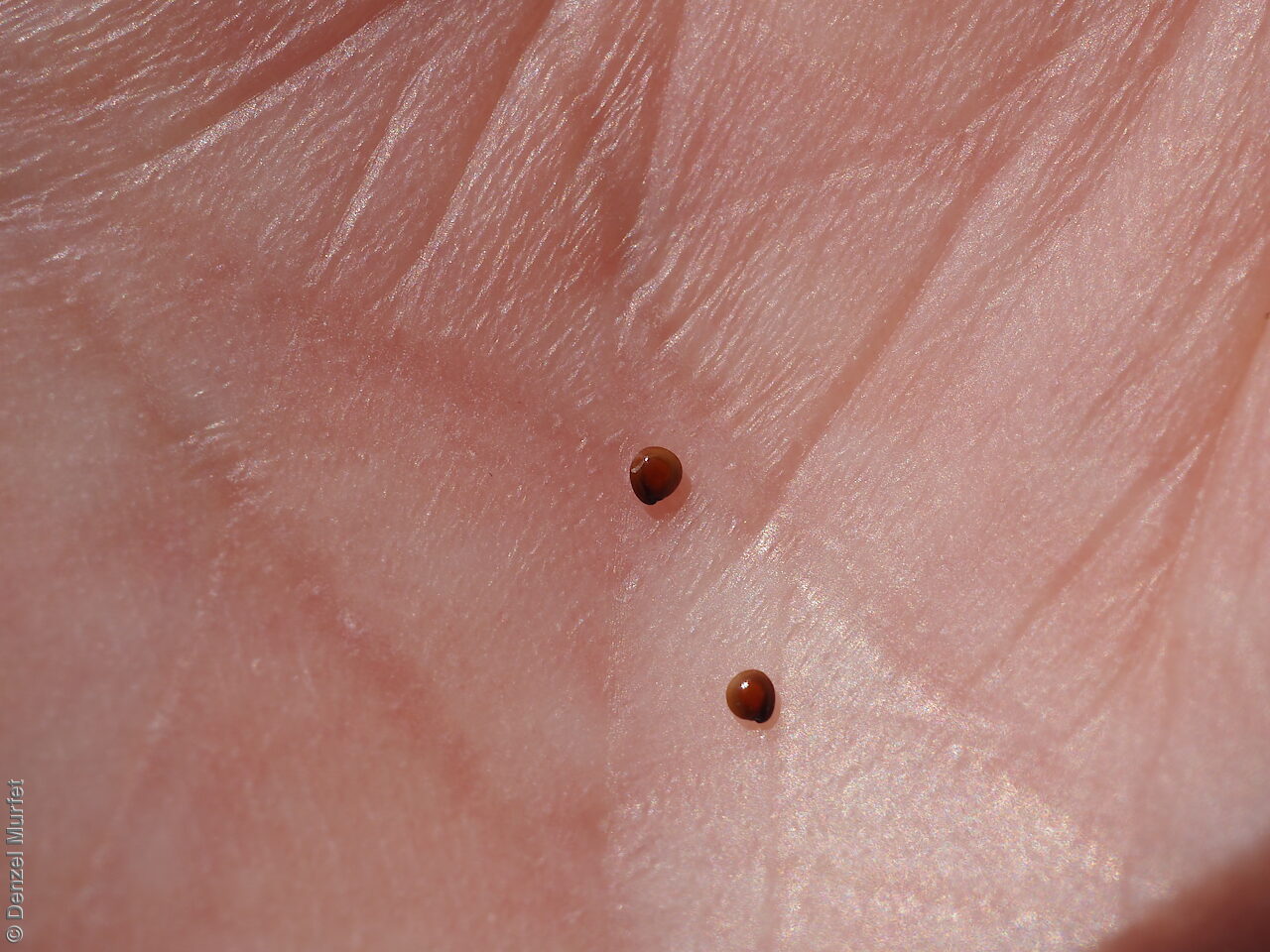
Regional Species Conservation Assessments per IBRA subregion.

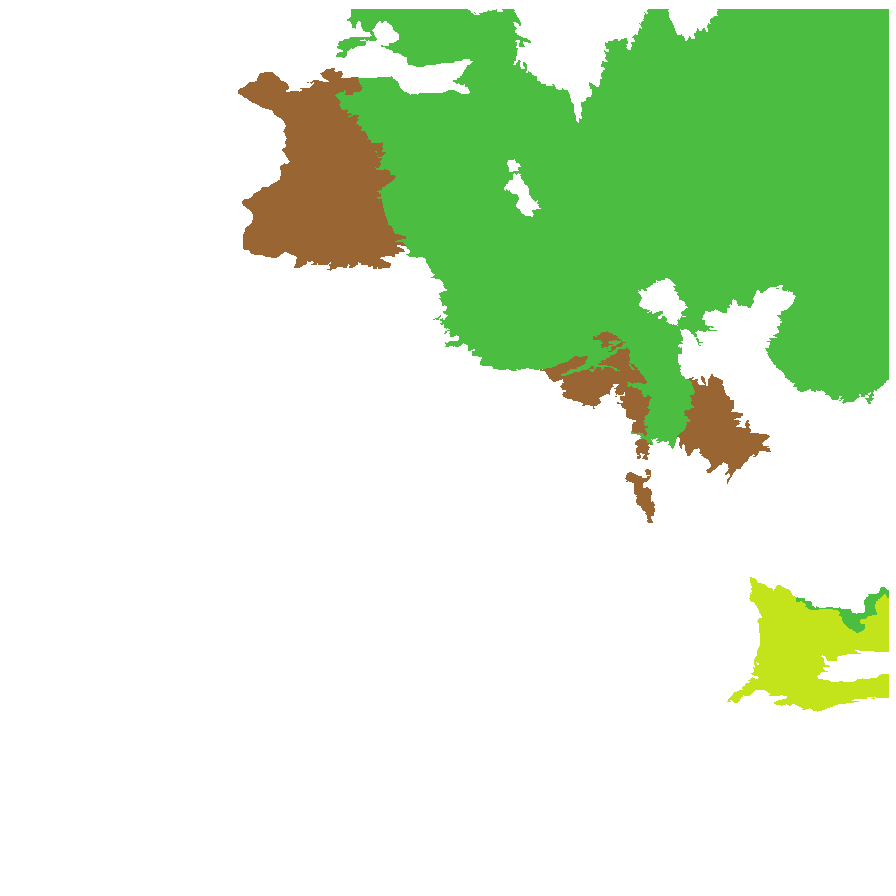
Least concern
Near threatened
Rare
Vulnerable
Endangered
Critically endangered
Extinct
Data deficient
Adelaide
Arkaroola
Ceduna
Coober Pedy
Hawker
Innamincka
Marla
Marree
Mount Gambier
Oodnadatta
Renmark
Wudinna
Keith
Yunta
Display IBRA region text
| Central Flinders (FLB06) | Flinders Lofty Block | Rare (IUCN: RA d(ii)) [southern edge of range] |
| Murray Mallee (MDD02) | Murray Darling Depression | Near Threatened (Probable Decline) |
| Murray Scroll Belt (RIV06) | Riverina | Least Concern (Probable Decline) |
| Arcoona Plateau (GAW04) | Gawler | Rare (IUCN: RA d(i,ii)) [edge of range] |
| Torrens (GAW06) | | Least Concern |
| Roxby (GAW07) | | Least Concern |
| Tallaringa (GVD05) | Great Victoria Desert | Rare (IUCN: RA d(ii)) |
| Dieri (SSD03) | Simpson Strzelecki Dunefields | Least Concern |
| Warriner (SSD04) | | Least Concern |
| Strzelecki Desert (SSD05) | | Least Concern |
| Breakaways (STP01) | Stony Plains | Least Concern |
| Oodnadatta (STP02) | | Least Concern |
| Murnpeowie (STP03) | | Least Concern |
| Macumba (STP05) | | Least Concern |
| Witjira (STP06) | | Least Concern |
| Baltana (STP07) | | Least Concern |
| Sturt Stony Desert (CHC02) | Channel Country | Least Concern |
| Diamantina-Eyre (CHC04) | | Least Concern |
| Coongie (CHC06) | | Least Concern |
| Lake Pure (CHC07) | | Least Concern |
| Everard Block (CER03) | Central Ranges | Rare (IUCN: RA d(ii)) |
| Central Flinders (FLB06) | Flinders Lofty Block | Rare (IUCN: RA d(ii)) [southern edge of range] |
| Murray Mallee (MDD02) | Murray Darling Depression | Near Threatened (Probable Decline) |
| Murray Scroll Belt (RIV06) | Riverina | Least Concern (Probable Decline) |
| 3 of 8 subregions | Gawler | Least Concern , Rare |
| Tallaringa (GVD05) | Great Victoria Desert | Rare (IUCN: RA d(ii)) |
| 3 of 4 subregions | Simpson Strzelecki Dunefields | Least Concern |
| 6 of 7 subregions | Stony Plains | Least Concern |
| 4 of 4 subregions | Channel Country | Least Concern |
| Everard Block (CER03) | Central Ranges | Rare (IUCN: RA d(ii)) |
Botanical art
Kath Alcock paintings: 2
Prior names
Alternanthera triandra
Etymology
Alternanthera from the Latin 'alternus' meaning alternate and 'anthera' meaning anthers; referring to the filaments without anthers often alternate with fertile stamens. Nodiflora from the Latin 'nodus' meaning nodes and 'florus' meaning flower; referring to the flowers bearing at the nodes.
Distribution and status
Found in the north-east and along the Murray River in South Australia, growing on moist alluvial sand or clay in floodplain, creek and depressions. Also found in all mainland states. Native. Common in South Australia. Common in the other states.
Herbarium regions: North Western, Lake Eyre, Gairdner-Torrens, Flinders Ranges, Murray
NRM regions: Alinytjara Wilurara, South Australian Arid Lands, South Australian Murray-Darling Basin
AVH map: SA distribution map (external link)
Plant description
Annual herbs with stems erect or ascending and branches almost glabrous or hairs at the nodes. Leaves almost glabrous, linear to linear-lanceolate, to 80 mm long. Flowers in axillary globular spikes, often clustered with white flowers. Flowers throughout the year. Fruits are pale brown globular fruiting cluster. Seed embryo type is peripheral.
Seed collection and propagation
Collect seeds between January and December. Collect mature fruits, those that are turning a pale straw colour and contain very small brown seeds. Can collect individual spike or break off the whole stem. Place the fruit in a tray and leave to dry for two weeks. Then rub the fruits gently by hand to dislodge the seeds. Use a sieve to separate the unwanted material. Be careful as the seeds are very small. Store the seeds with a desiccant such as dried silica beads or dry rice, in an air tight container in a cool and dry place. Seeds are non-dormant, viable seed should germinate readily.









